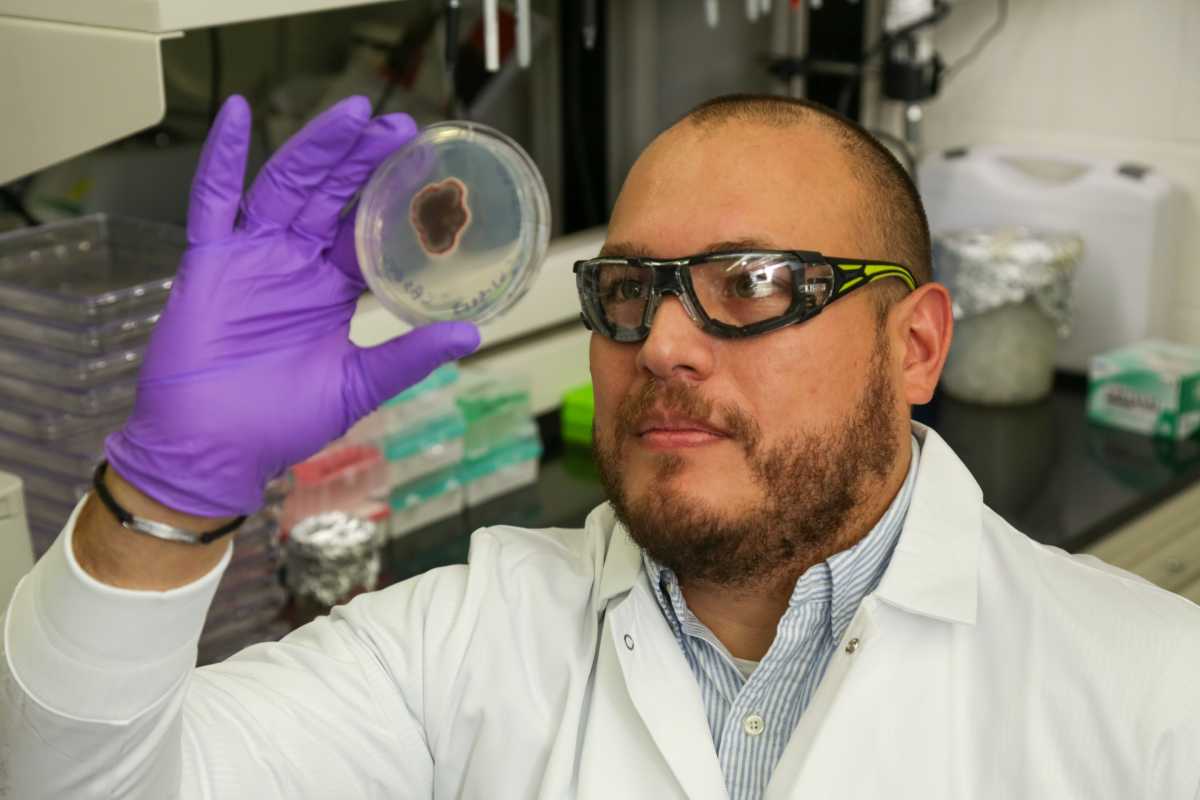News
New Research Reveals Key Insights into Plant-Fungi Symbiosis

Researchers from the Boyce Thompson Institute (BTI) have made groundbreaking discoveries in the intricate partnership between plants and arbuscular mycorrhizal (AM) fungi, shedding light on the crucial interactions between the two and the potential impact on sustainable agriculture. This revolutionary research, published in the journal Nature, delves into the roles of two proteins, CKL1 and CKL2, only active in plant root cells hosting AM fungi.
AM fungi, residing within plant root cells, form a unique symbiotic relationship with their plant hosts. This partnership involves a complex exchange of nutrients vital for both the fungi’s survival and the plant’s benefit.
Dr. Sergey Ivanov, a post-doctoral researcher at BTI and the study’s first author, explains that CKL1 and CKL2 belong to the CKL protein family, which is distinct from the proteins responsible for controlling the plant cell cycle. Rather than controlling the cell cycle, CKL1 and CKL2 are tethered to the membranes of root cells, including the membrane surrounding the fungus.
The study reveals that these CKL proteins are essential for the survival of AM fungi within plant roots. They play a critical role in regulating the flow of lipids from the plant to the fungi, a process crucial for fungal nourishment. Without the presence of CKL proteins, the genes responsible for lipid transfer remain dormant, starving the fungi.
Furthermore, the research unraveled a complex network of interactions involving various receptor kinase proteins. One particular kinase, known for its role in fungal penetration of the root’s outer layer, was found to adopt a new function deeper within the root. Here, it partners with CKL proteins, potentially initiating the flow of lipids to the fungus.
Interestingly, although CKL proteins are crucial for controlling lipid flow, they do not regulate the entire symbiotic lipid pathway. Instead, they oversee the genes responsible for the pathway’s initiation and conclusion. Notably, the activation of RAM2, a key protein in the middle of the lipid pathway, depends on a different regulator called RAM1. Both the CKL and RAM1 pathways must be active for effective lipid production.
According to Dr. Georg Jander, a professor at BTI and the study’s senior author, this dual regulatory mechanism may serve as a safeguard against exploitation by fungal pathogens, effectively controlling the costly lipid provisioning process.
Unlocking the molecular dynamics behind plant-AM fungal symbiosis contributes to a deeper understanding of this critical ecological partnership, demonstrating the intricate and often unseen connections that sustain life on our planet. Leveraging this knowledge could lead to advances in sustainable agriculture, allowing for more nutrient-efficient and resilient crops.
Funding for this research was provided by the US National Science Foundation Plant Genome Research Program.












